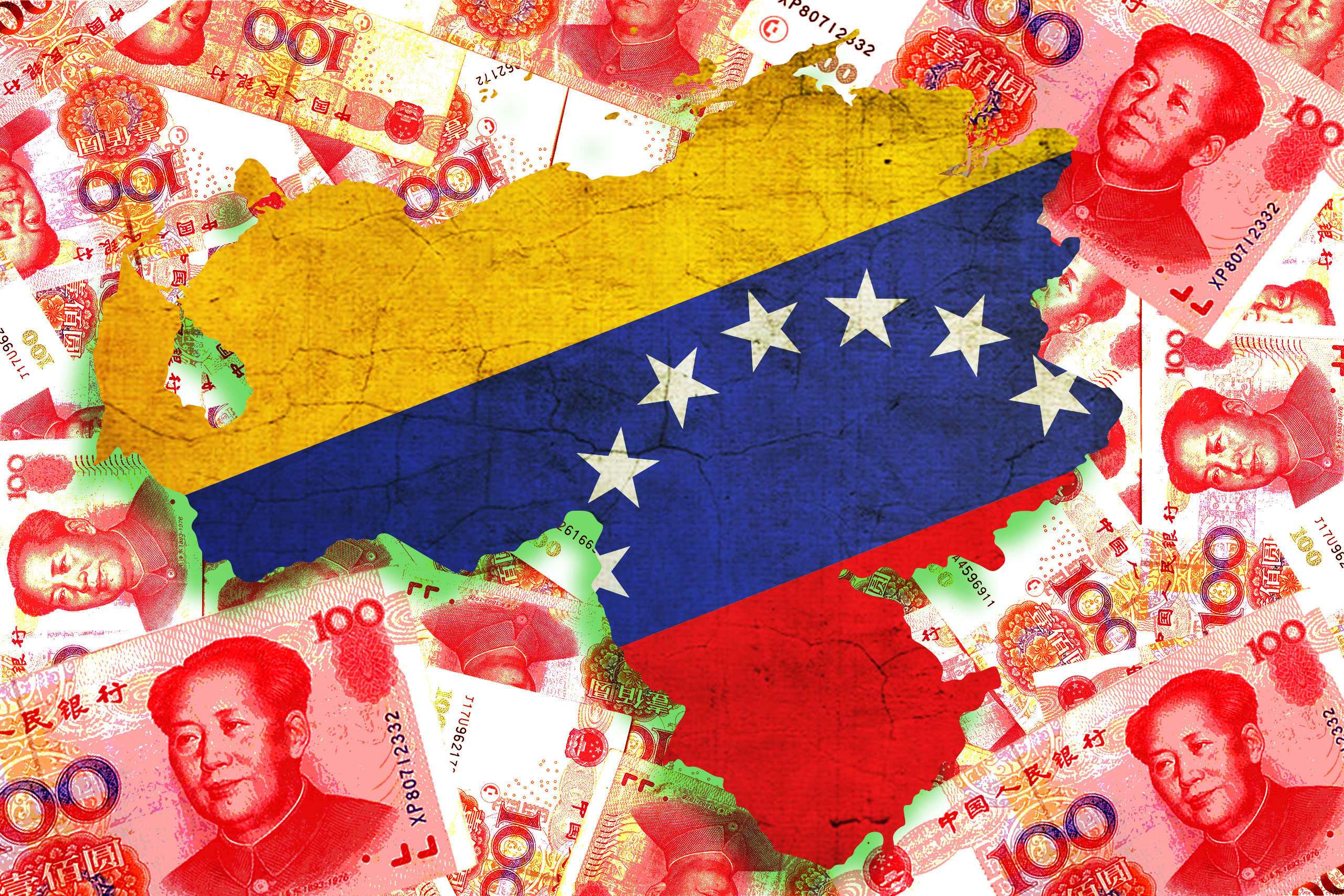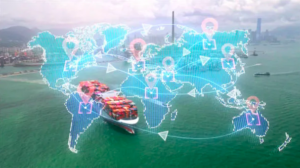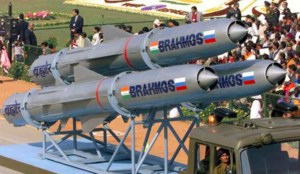Since the beginning of the new century, China has become one of the most important powers in the world, promoting large scale political and economic transformations and creating a series of institutions to replace Western control on strategic issues related to international affairs. This process began at the end of 1970s, but acquired an unprecedented pace when China joined the World Trade Organization (WTO) by the early 2000s.
The results of this process have been extraordinary. China is now the second largest economy in the world and its influence in the international arena has expanded to all continents, particularly to those considered part of the “third world”. This policy, known as “South-South” cooperation, has been pivotal to China’s foreign policy since Deng Xiaoping´s came into the power in 1978, and has been important to underpin China’s inception into a new era, that of the Globalization of World Politics.
In that sense, China has privileged its relationship with some countries in Asia, Africa, Central Asia and Latin America and the Caribbean (LAC), as an attempt to strengthen its position in the world and mitigate the influence of Western powers over developing countries. Among these regions, it is important to remark the relevance of LAC, a geographic zone with vast and varied natural resources, on which China depends to maintain its economic development and national security.
The Sino-Venezuelan model: politics, economy and culture
Among the Latin-American countries that have developed a close relationship with China in the last two decades, it is necessary to highlight the case of The Bolivarian Republic of Venezuela. The Sino-Venezuelan model has been defined by a strong alliance in different realms (political, economic and social), with commodities, such as oil, being the main driver of these relations.
Although China and Venezuela established diplomatic relations in 1974, it was the arrival of Hugo Chávez into power in 1999 that marked a turning point for both countries, which resulted in strong cooperation in areas like energy, economy and infrastructure projects. Since then, it is not exaggerated to say that these bilateral relations have been one of the most relevant examples of “South-South” cooperation between China and any other country on the globe.
The results of the Sino-Venezuelan model can be evidenced through various economic indicators. Since 2001, following the creation of a High-Level Mixed Commission, China has become Venezuela´s second trading partner, just behind the United States. According to the World Bank, trade balance between China and Venezuela amounted to US$ 150.694 million between 2000 and 2017. From this amount, US$ 96.648 million were Chinese imports from Venezuela; and the remaining US$ 54.226 million were Venezuelan imports from China.
Sino-Venezuelan economic relations have also set an important record in financing. Venezuela has been, by far, the largest recipient of Chinese loans to LAC during the XXI century, with a total amount of 67.4 billion between 2007 and 2019. These loans have been channelized through a loans-for-oil scheme, which allows for Venezuela to collateralize its debt with oil resources.
Outward direct investment (ODI) is also noteworthy. It is possible to remark the existence of almost 22 transactions (greenfield projects as well as mergers & acquisitions) made by Chinese companies in different sectors of the Venezuelan economy, which total around US$ 6 billion. This figure represents 5.2% of China’s total ODI into LAC.
In the realm of politics, China and Venezuela have established a Comprehensive Strategic Partnership, which is the highest degree of Chinese cooperation. In addition, China’s strong ties with Venezuela can be seen in its political support to the governments of Hugo Chavez and Nicolas Maduro in spite of it being a controversial subject that could cause friction with the US. On the other hand, Venezuela has also expressed its support for two important Chinese causes: the “One-China-policy”, which recognizes China’s sovereignty over Taiwan; and China’s territorial claims over the South China Sea, a dispute that China holds with some Southeast Asian states regarding ownership of insular and maritime territories.
As for cultural and social aspects, the bonds have been reinforced through cooperation in areas such as academic exchanges, scholarship programs, Confucius Institutes and capacitation of Venezuelan officials in Chinese institutions. As a complement to economic and political cooperation, these areas are part of China’s soft power strategy, designed to improve its image in the region.
Debates and considerations on the Sino-Venezuelan model
Until now, the Sino-Venezuelan model has been one of the most dynamic and robust in the region. However, it is important to point out that politicians, scholars and analysts have criticized this model because it is responsible for Venezuela’s increased dependence on China.
For instance, the trade balance is largely favorable to China, which exports a diversified set of manufactured and finished goods; whereas Venezuela’s exports consist almost exclusively of raw materials. This is interpreted as an asymmetric relationship, in which Venezuela is further consolidating itself as a primary-exporter economy.
Oil-backed loans are also a topic of controversy. Some scholars suggest that this scheme has been harmful to Venezuela; others argue that it has actually been more harmful to China. In the first case, it has been said that the vast amount of Chinese money have not contributed to the country’s economic progress nor have improved the lives of the Venezuelan people. On top of that, the plunge in oil prices has only exacerbated Venezuela’s economic crisis. In the second case, it has been said that China’s inability to collect payments from Venezuela has been largely overlooked, and should also be a reason of concern.
Criticism has also reached the political realm. Many experts consider the proximity with China as detrimental to Venezuela’s relations with the US. This situation has caused a surge in new approaches for the study of China’s influence in LAC; one of them is the “new triangular relations” between China, the US and LAC. This approach helps us understand the motives behind Venezuela’s decision to sever ties with the US, as well as those behind deciding for a closer relationship with China. The results of this process can be evidenced today in the sanctions, embargoes and the isolation strategy enforced by the US against Venezuela.
Venezuela’s political crisis: Maduro vs. Guaidó and China vs. the US
At the moment, there are 54 countries recognizing Juan Guaidó (who is the president of the National Assembly) as the legitimate president of Venezuela; nevertheless, it is important to remark that Nicolas Maduro is the one in charge of actually running the country. In this context, the political stance of China and the US are at odds with one another, with China supporting Maduro and the US putting its weight behind Guaidó.
So far, China has shown an ambiguous stance towards the political situation in Venezuela. On the one hand, it has ratified its recognition of Maduro’s government in spite of the pressure from the US and the economic losses that it has been facing as a result of this crisis. Strategically speaking, Venezuela is important to China because of its geographic location (close to the US coastline), and its vast energy resources. Also, amidst the current war trade against the US, Venezuela is one of China’s closest allies on the continent.
On the other hand, the Chinese government has also established contact with Venezuelan opposition leaders, a step that has probably been motivated by friction with some politicians that had threatened not to pay nor recognize Venezuela’s indebtedness to China. As a direct consequence of the US sanctions against Venezuela, trade between China and the South American country has also begun to dwindle since 2019.
From the US point of view, China poses a threat to its leadership in LAC. As a matter of fact, Mike Pompeo, the current US Secretary of State, has stated that “China has been one of Maduro’s most important allies”. Admiral Craig Faller, Chief of South Command, has stood by these comments and added that “China and Venezuela are a threat for Latin America and the Caribbean”. In this scenario, China has adopted a cautious approach: it is still supporting Maduro, but at the same time it is gradually severing economic ties with his government.
Should Venezuela reshape its alliance with China in the coming years ?
The Sino-Venezuelan model has been characterized by a strong cooperation in the realms of economy, politics and culture. This closeness between China and Venezuela has enabled an injection of approximately US$ 187 billion into the Venezuelan economy in the space of 18 years. This is a record-breaking figure for the South-American country, especially if we take into account that Venezuela is not even a large economy by regional standards.
Nevertheless, the results of this cooperation model have been ambiguous. The massive influx of Chinese funds has not translated into a significant improvement of the lives of the Venezuelan people. From 2015 onwards, the relationship between both countries has actually started to slow down.
With regard to politics, Venezuela and China have developed a strong partnership that should prevail regardless of political stance. In that sense, we argue that Venezuela can maintain a close relationship with China, and improve its relationship with the US at the same time. In order to do this, a process of de-ideologization of Venezuela’s foreign policy should be implemented as soon as possible.
Finally, China and Venezuela need to work towards reducing the asymmetries of their economic relationship and boost their ties in areas that have proved to bring benefits for both parties in the past. Financing needs special attention, considering that the plunge in oil prices has been harmful to both parties. Otherwise, we cannot speak of a win-win model, which is one of the most important premises of the Chinese cooperation model. In spite of the many challenges ahead, we remain positive regarding the collaboration between both countries in the future, considering that the foundations for a strong cooperation model have already been laid, in what remains the most dynamic relationship between China and any other country in LAC.
Picture credits: Elizabeth Brockway / The Daily Beast






Be First to Comment